
|
arXiv:2103.09529
Parton distribution functions (PDFs) and light-cone distribution amplitudes (LCDAs) are central non-perturbative objects of interest in high-energy inelastic and elastic scattering, resp. As a result, an ab-initio determination of these objects is highly desirable. In this paper we present theoretical details required for the calculation of the moments of the PDF and LCDA using a heavy-quark operator product expansion method. This article also provides results of the relevant Wilson coefficients for the unpolarized PDF, helicity PDF and meson LCDA which are an essential ingredient in this approach. In addition, we discuss the use of our method to determine the dependence on the parton momentum fraction
|
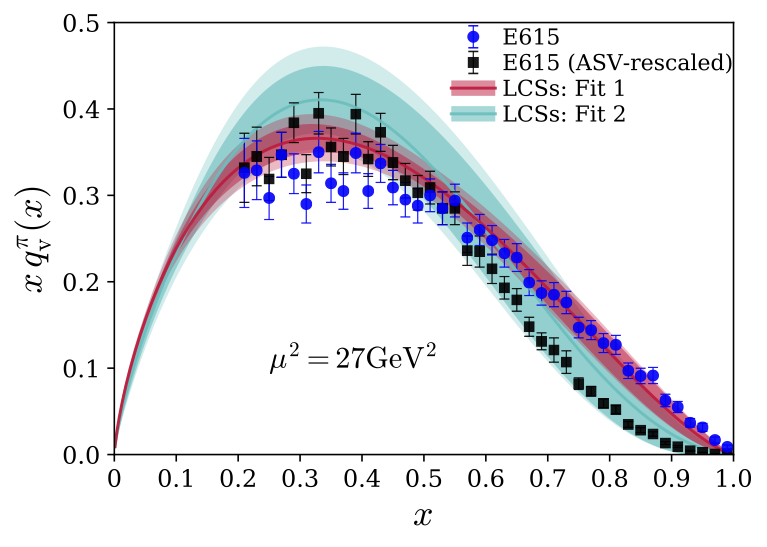
|
Phys.Rev.D 102 (2020) 5, 054508
We extract the pion valence quark distribution $q^v_\pi(x)$ from LQCD calculated matrix elements of spacelike correlations of one vector and one axial vector current analyzed in terms of QCD collinear factorization, using a new short-distance matching coefficient calculated to one-loop accuracy. We derive the Ioffe time distribution of the two-current correlations in the physical limit by investigating the finite lattice spacing, volume, quark mass, and higher-twist dependencies in a simultaneous fit of matrix elements computed on four gauge ensembles. We find remarkable consistency between our extracted $q^v_\pi(x)$ and that obtained from experimental data across the entire x range. This justifies that LQCD-calculated current-current correlations are good observables for extracting partonic structures by using QCD factorization, which complements to the global effort to extract partonic structure from experimental data.
|
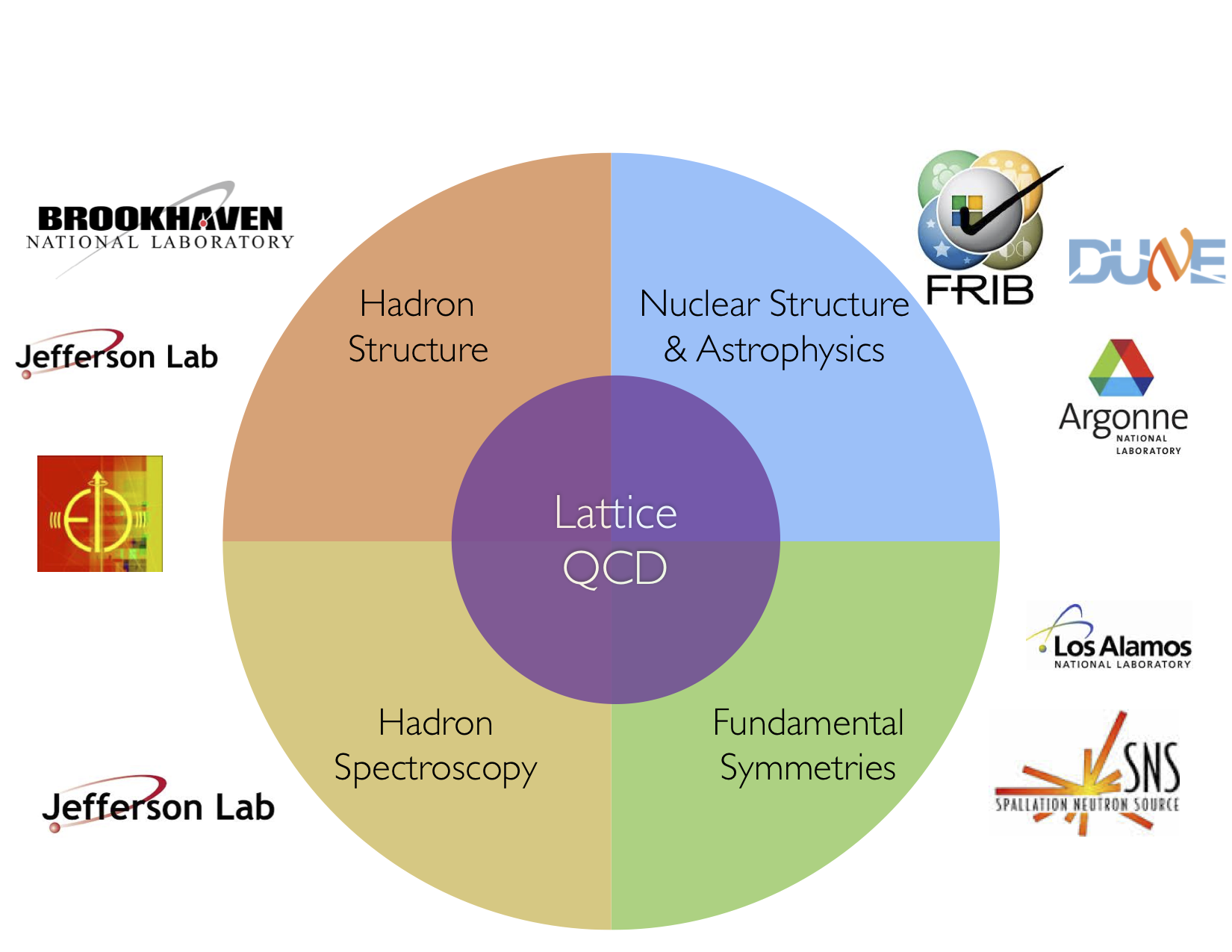
|
project presentation at the 2019 SciDAC-4 PI meeting
We review the goals and progress of the LQCD SciDAC-4 project
|

|
poster presented at the 2019 SciDAC-4 PI meeting
Adaptive Aggregation based multi-grid (MG) methods are
becoming the standard for solvers in both propagator
calculations and recently even in the gauge generation parts of
Lattice QCD calculations with Wilson Clover Fermions. This
poster describes a new effort to develop such methods for
Intel Knights Land and Skylake short-vector based architectures.
|

|
poster presented at the 2019 SciDAC-4 PI meeting
Protons and neutrons, which are
made up from mainly light quarks and gluons, have
frozen out at t ≈ 0.3 μs. Before the freezeout light quarks and
gluons had formed a quark-gluon plasma (an almost perfect
fluid). Heavy quarks, travel as bound states or
individually through the surrounding quark-gluon plasma. This
poster describes a project to compute the spectral functions of
heavy quarks through anisotropic lattices.
|

|
poster presented at the 2019 SciDAC-4 PI meeting
A major focus of the Beam Energy Scan II program at Brookhaven
National Lab is mapping the phase boundary of quarks and gluons.
Lattice QCD methods are used to map this boundary. An important
part of the computational work is the solution of the Staggered
fermiom Dirac-equation, a large sparse linear system of
equations within a background field, is required for a large
number of right-hand sides. Results are presented for highly
optimized, performance portable, implementations across Skylake
and GPU platforms.
|
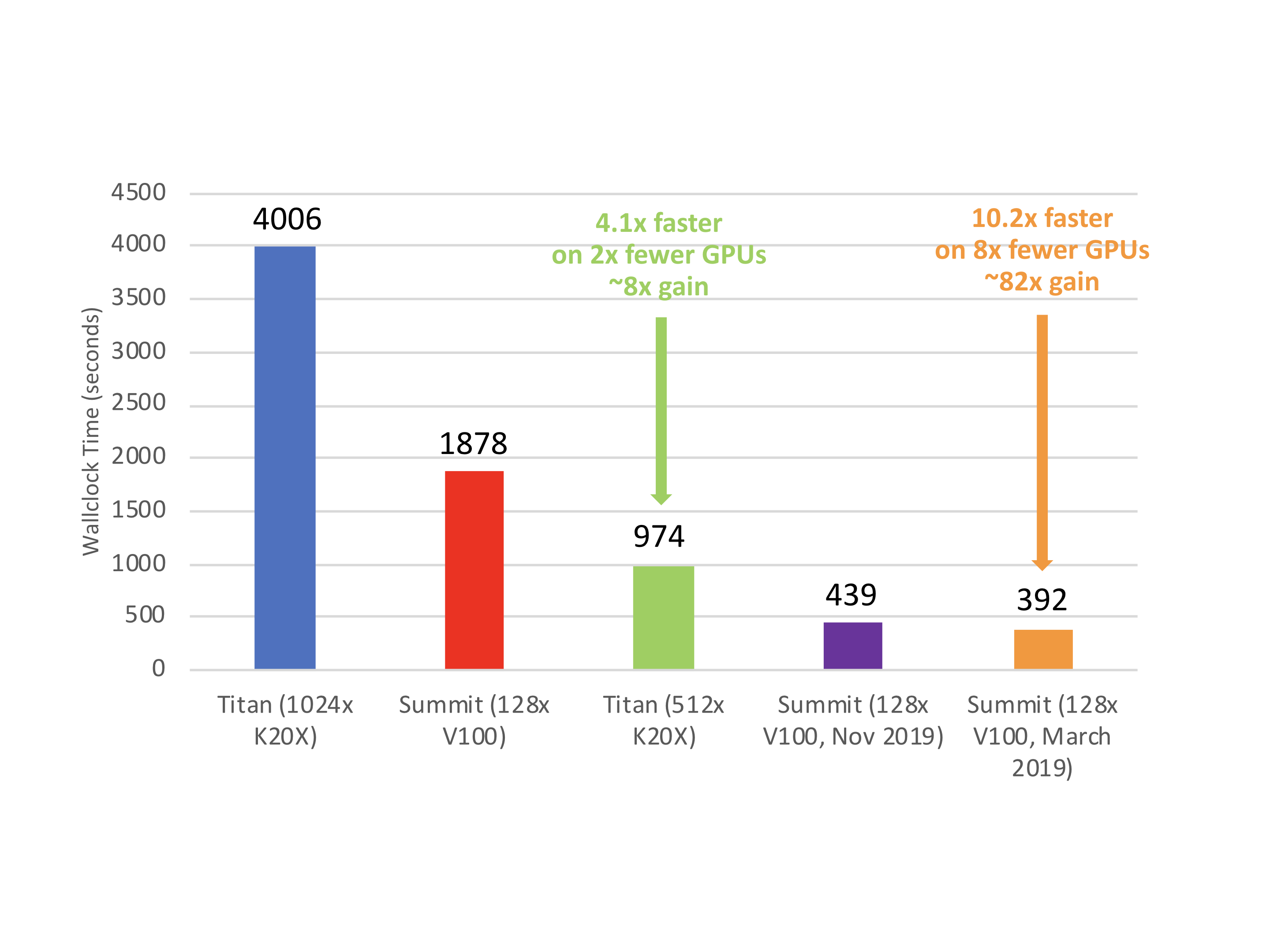
|
poster presented at the 2019 SciDAC-4 PI meeting
Recent algorithmic improvements have significantly gauge
generation in lattice QCD calculations. This poster presents
there are more improvements possible, and describes steps to
realize this potential.
|
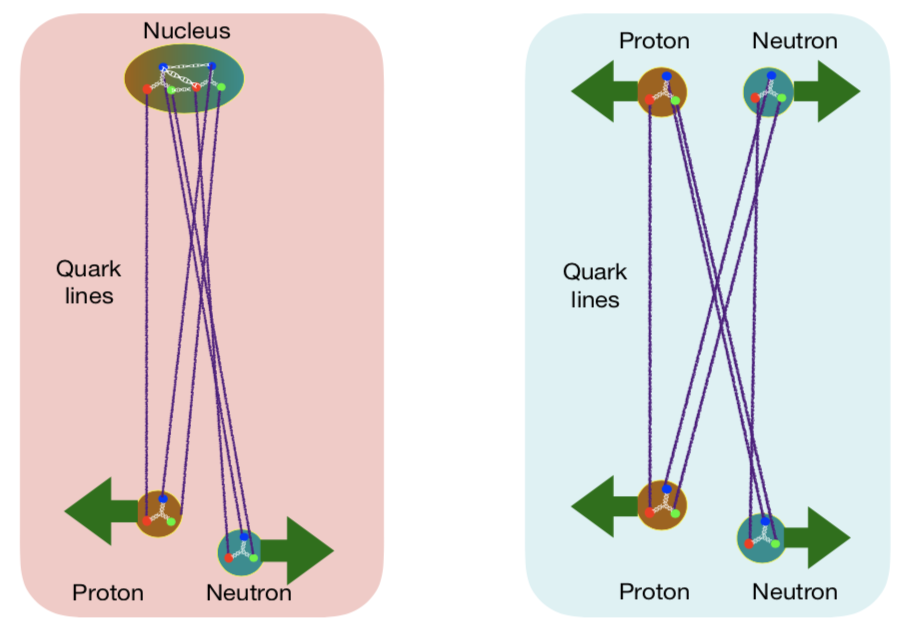
|
poster presented at the 2019 SciDAC-4 PI meeting
The Tiramisu compiler provides a simple C++ API to express
tensor operations and provides a large set of optimizations to
provide high performance on a diverse set of architectures. The
compiler is used to accelerate key components of lattice QCD workflows.
|
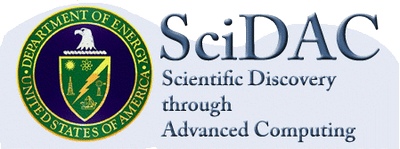
|
talk presented at the 2019 SciDAC-4 PI meeting
We describe the LQCD SciDAC-4 project, and describe the
science goals. Highlights are shown that illustrate progress
towards these goals.
|
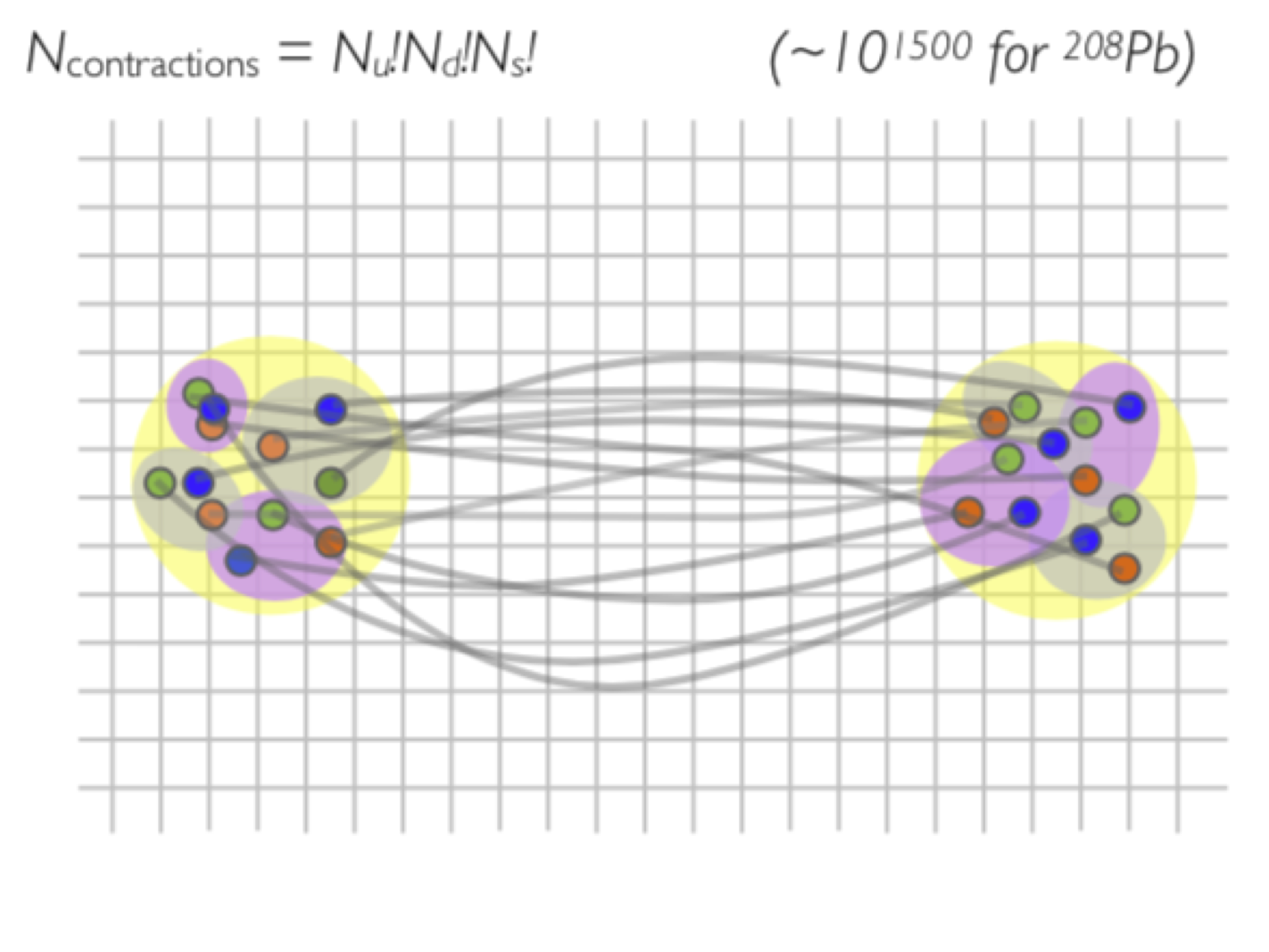
|
presented at Lattice 2019
Developed a new method to sparsify nuclei operator
constructions allowing for calculations in the physical limit of
QCD with up to atomic number of 4 (helium)
|
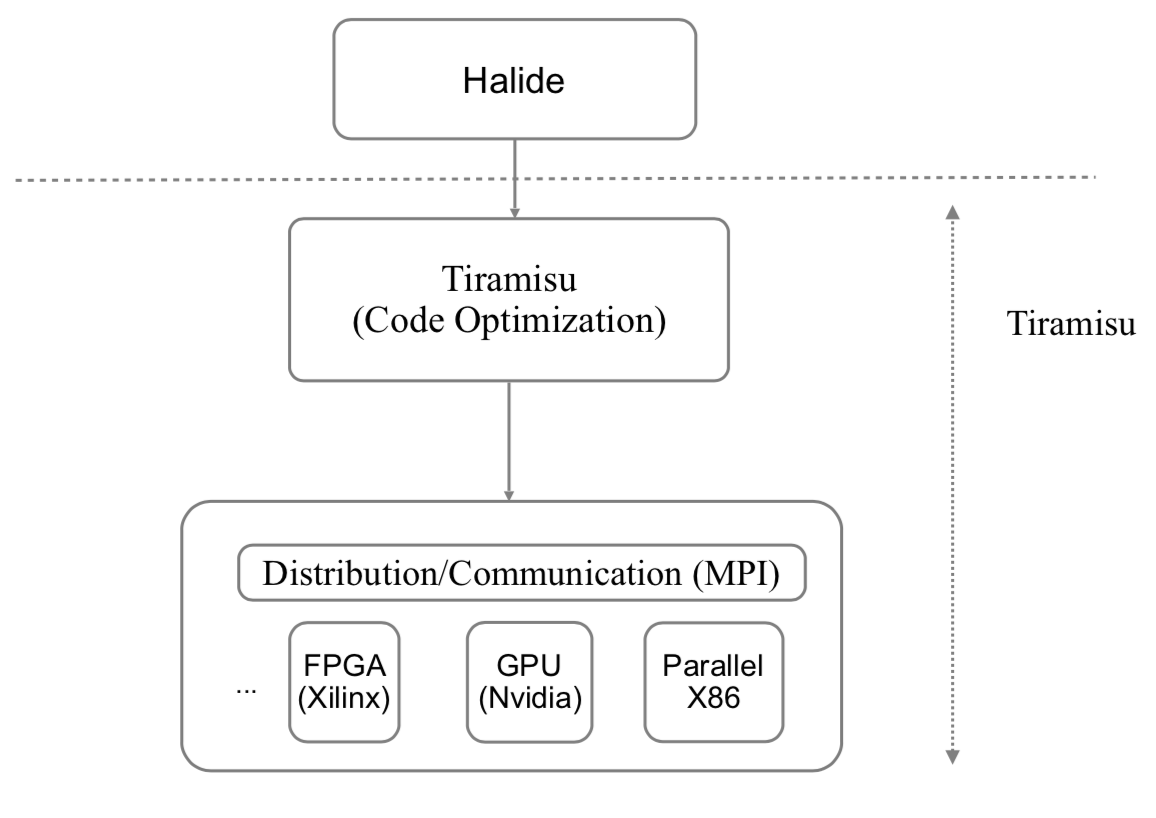
|
presented at Lattice 2019
The computation of quark propagators and tying them together
to form Euclidean correlation functions is an important and
computationally extensive component of the LQCD nuclear physics
program. Extensions of the DSL framework Tiramisu and Halide
have been used to implement LQCD software. A Tiramisu based
version of the baryon block algorithm for multi-nucleon systems
is 90x faster than the reference version.
|
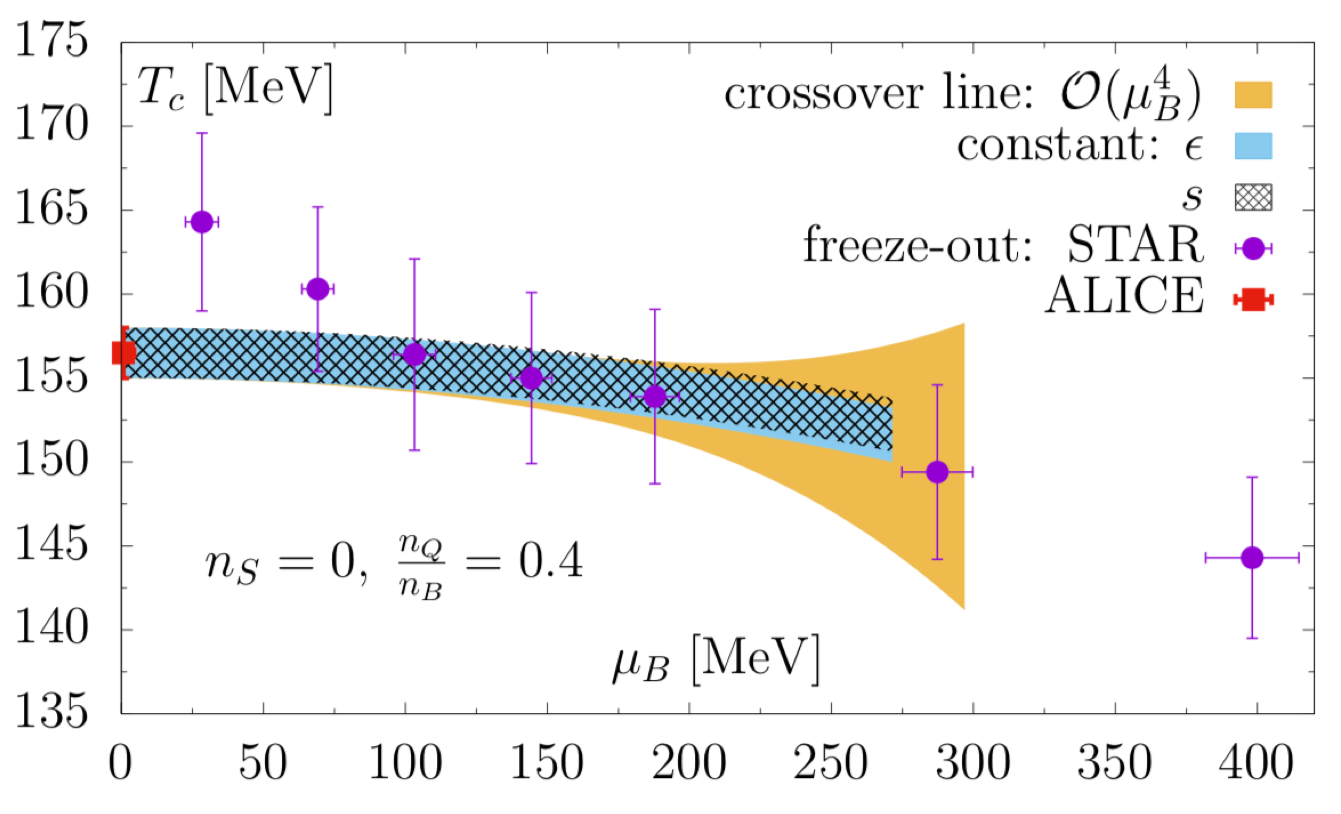
|
Phys. Lett. B795 (2019) 15
The pseudo-critical chiral cross-over temperatures have been
determined at zero and non-zero values of baryon, strangeness,
electric charge and isospin chemical potentials
|
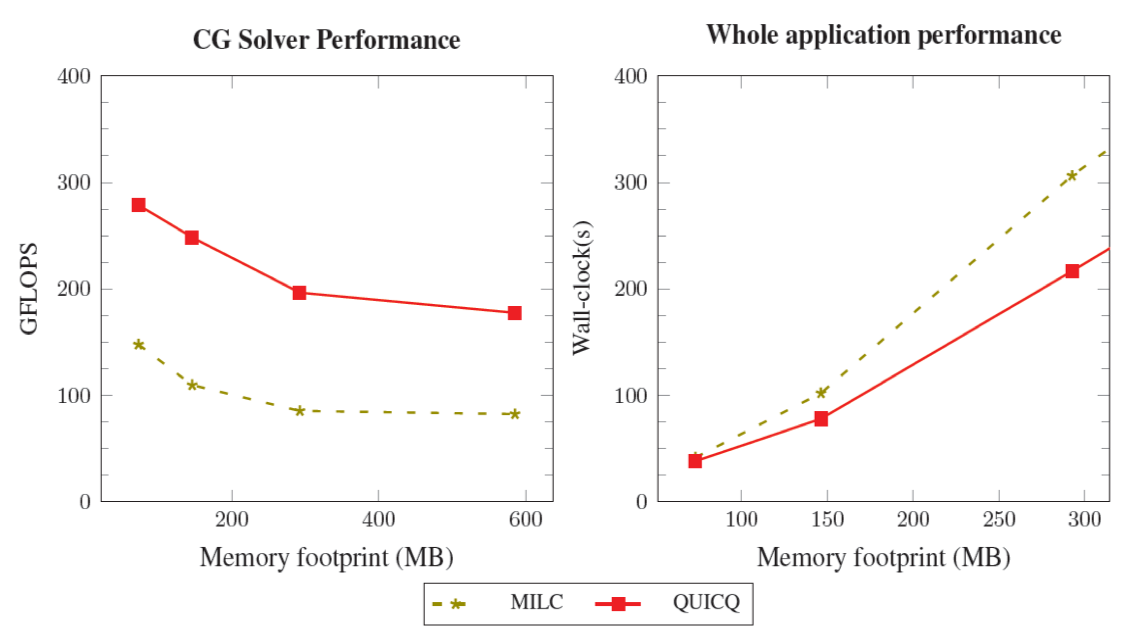
|
PhD thesis of Diptorup Deb, May 2019
QUARC represents the application to LQCD of methods for implementing statically
compiled data parallel domain-specific programming languages. In QUARC,
a domain-specific extension to C++ is defined using template meta-programming.
Unlike other approaches in which template expansion is used to perform localized
code and loop instantiation in the compiler front end, the instantiated templates
are not meant to be compiled into executable code using a standard compiler,
rather they are used to pass high-level abstract constructs and attributes of those
constructs transparently through a standard compiler front-end.
|
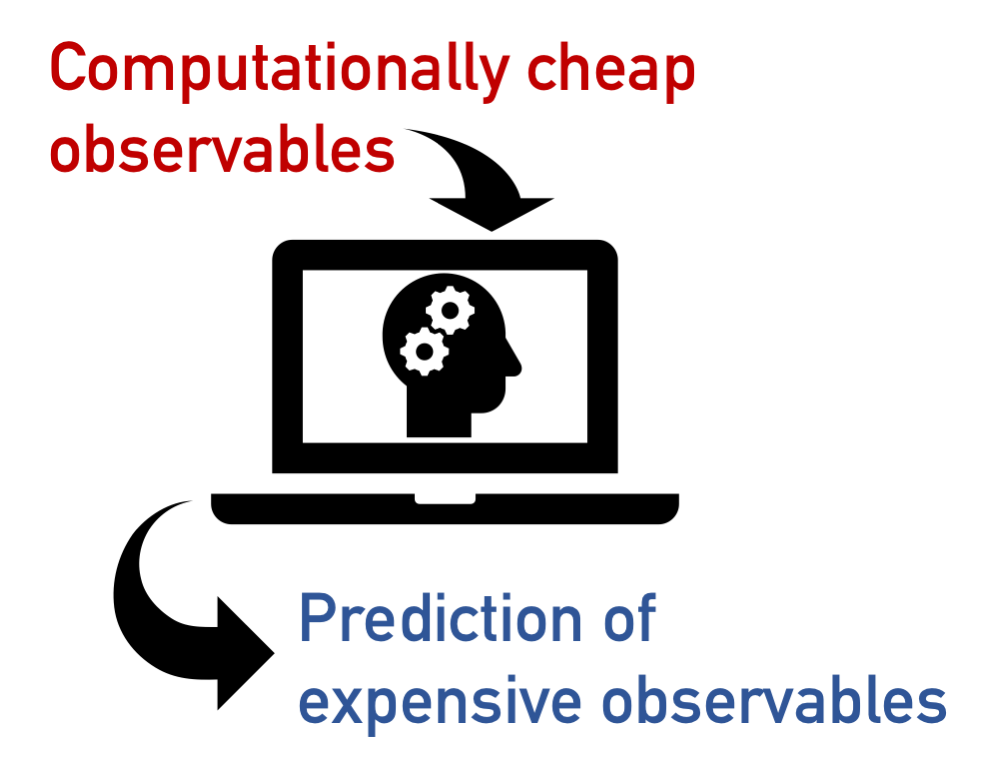
|
Phys. Rev. D100 (2019) 014504
A novel technique using machine learning to reduce the
computational cost of evaluating lattice quantum chromodynamics (LQCD)
observables is developed.
|

|
Phys. Rev. D97 (2018) 094506
Machine learning has been applied to the problem of parametric
regression of generated lattice datasets.
|

|
talk presented at the 2018 SciDAC-4 PI meeting
We describe the LQCD SciDAC-4 project, and describe the
science goals. Highlights are shown that illustrate progress
towards these goals.
|
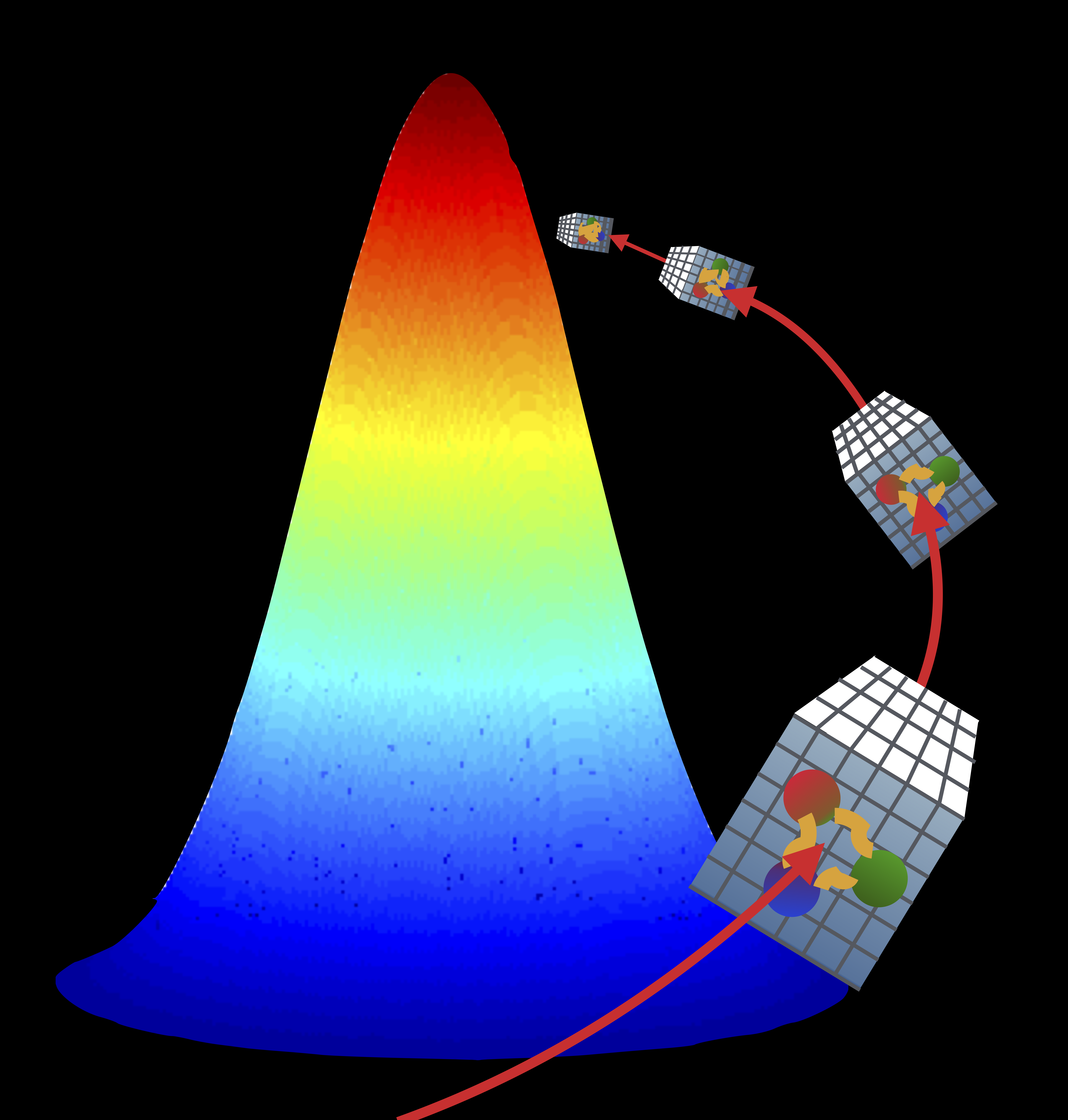
|
SciDAC-4 Highlight
Gauge generation is the first critical step in lattice QCD
calculations. Recently, improved algorithms have significantly
accelarated these calculations on GPU systems.
|
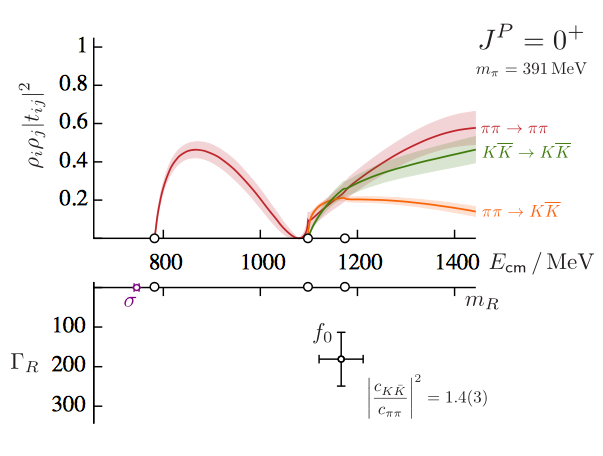
|
Phys. Rev. D97 (2018) 054513
A calculation of coupled $\pi\pi$,
$K\overline{K}$, $\eta\eta$ scattering at heavier than physical
light quark masses has been selected by the Editors to appear on
the front-page of the PRD website. The results of the
calculation show that in the scalar sector a stable $\sigma$-like
state appears, along with an $f_0(980)$-like resonance
appearing at the $K\overline{K}$ threshold, while in the tensor
sector, two resonances are observed, one decaying dominantly
into $\pi\pi$ and the other into $K\overline{K}$.
|
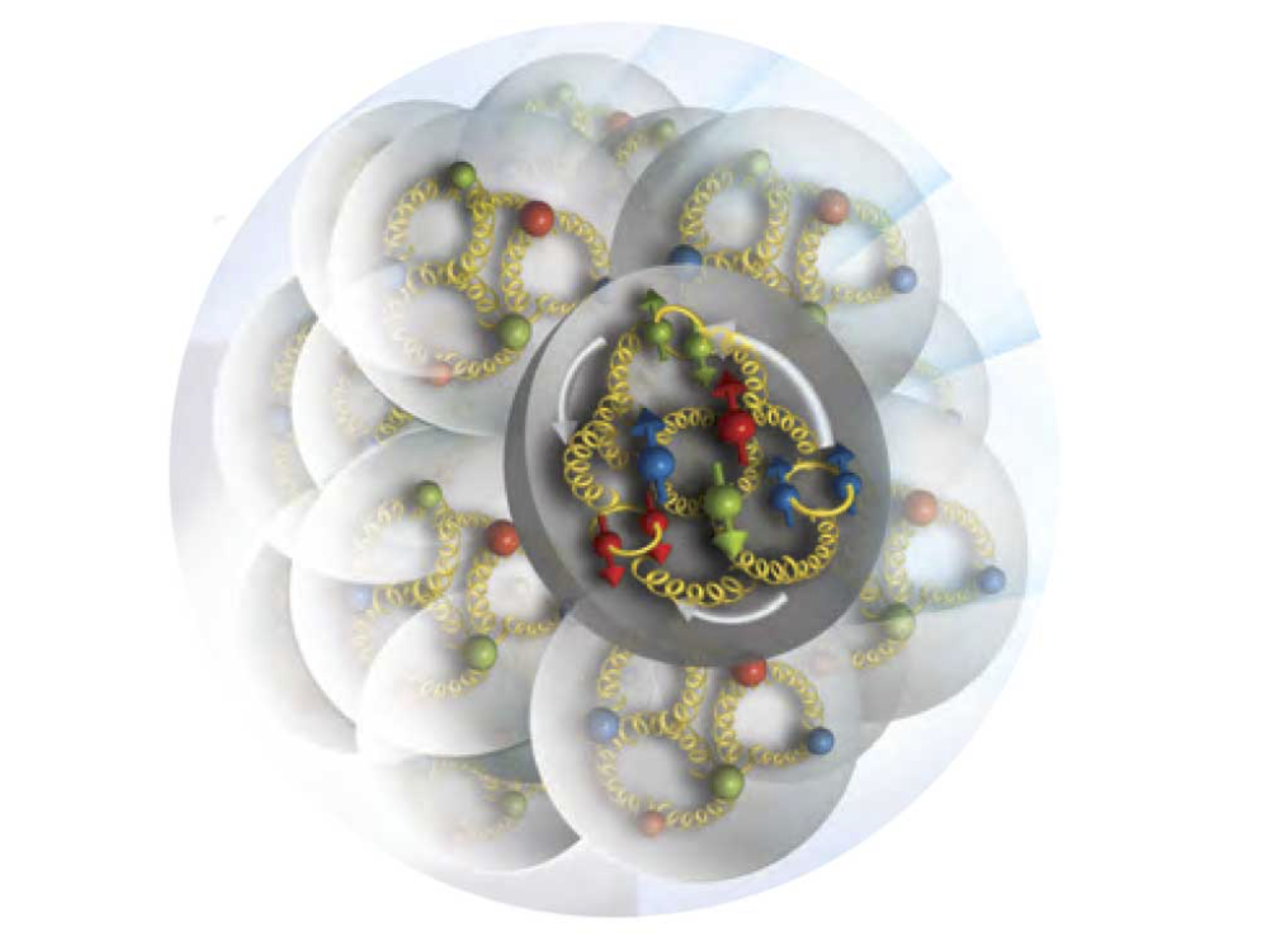
|
Phys. Rev. D96 (2017) 094512
The of gluons in the structure of the nucleon and light nuclei
is investigated using lattice Quantum Chromodynamics (QCD)
calculations.
The first moment of the gluon transversity structure function is investigated in the spin-1 deuteron, where a nonzero signal is observed. This is the first indication of gluon contributions to nuclear structure that can not be associated with an individual nucleon.
|
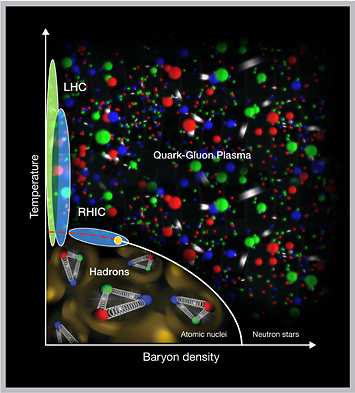
|
Brookhaven National Lab Features, 2017-10-18
Scientists to develop next-generation computational tools for studying interactions of quarks and gluons in hot, dense nuclear matter
|

|
Jefferson Lab Highlights, 2017-10-11
Jefferson Lab leads development of next-generation software to benefit
nuclear physics computation. An award was recently announced by DOE’s Office of Nuclear Physics and the Office of Advanced Scientific Computing Research in the Office of Science. It will provide $8.25 million for the “Computing the Properties of Matter with Leadership Computing Resources” research project.
|

